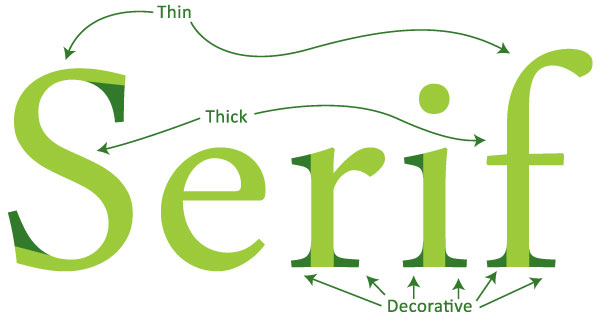“Logos and branding are so important. In a big part of the world, people cannot read French or English–but are great in remembering signs.”
― Karl Lagerfeld
Fashion legend Karl Lagerfeld described it just to the point; the importance of an effective logo in a developing world of business. But let’s dig into it even more. Your logo is not simply a picture or a combination of words and symbols. It is the first impression anyone would have of your BRAND and business. In a sense, it is the face of your company, the first point of recognition for your potential customers on the foundations of your business values and culture.
It is no surprise that your audience’s attention span is limited. Therefore, in the age of digital advertising, when everyday people are being bombarded by various ads and other content it is extremely important to have a clear strategic plan of how are you going to communicate your brand messages to your potential customers. Your logo is the KING in helping you to effectively do it… well, an effective logo IS.
Let’s be clear, your brand is not your logo. But, it is still the foundation for your social media strategy and the main asset that conveys the message that your business is trustworthy, professional, and provides quality services and goods. However, how can we reach a point of having an effective logo? You are right, one of the easiest ways would be to simply DIY it. But if you are now reading this blog, you already have a clue that it’s not the best idea, and here are the reasons why.
1) THE LOGISTICS
Sometimes it’s easy to spot a DIYed logo due to certain design choices, such as poor coloration or unduly common fonts. It might seem that choosing a color is not a difficult task, but there is a lot of preparation, psychological and design analysis that fall into it, which most probably you are not aware of unless you a professional in one of those fields.
Each targeted audience requires a different type of emotional response depending on what the product and company want to emphasize. Choosing the right color supports your branding strategy.
Let’s take an example from our experience of working on the brand and logo identities of different companies.
It should not be a surprise that green is often associated with nature, with clean energy, organic supplies, trustworthiness, growth, fertility, health, and generosity. So, integrating it into your companies logo automatically will leave a subconscious representation of those values in the audience’s mind about your company.
That is why we took a thorough consideration of the color psychology aspects when working on the design of Kambio’s logo and branding.

The font choice is also a fundamental milestone in your branding and logo strategy, depending on your industry, brand, and general goals.
You have to be careful to clearly reflect your companies tone with the font choice and copywriting in your logo to succeed in your marketing communication.
Just a simple example, mostly Serif fonts imply heritage, tradition, reliability, and respectability. But at the same time, you do not want to have an image of “fuddy-duddy” in a younger audience with its use.

Let’s take a more specific case, and have a demonstrating form of our team’s experience. As you can see in the picture below, we have chosen this certain font for SMB Law considering the fact that the detailed lines express certain psychological effects on the audience. This font type expresses stability, simplicity, and progress. It also suggests qualities of confidence and solidity. Hence, our font choice, corresponding to the brand of the company.

You may not be aware of all of these details in developing your logo, and that is one of the major reasons why you have to reconsider DIYing your logo and reach to a professional team who will take into consideration all the specifics in design, copywriting, and branding in general to ensure the effectiveness of your logo.
2) Absence of versatility
When DIYing your logo, you may not consider the way it will look in different platforms with different sizes. While it could be the case that at the beginning you will use your logo mainly on your website, eventually your logo has to be in your business card, billboards, social media posts, brochures, and so many other promotional objects. Each one has it’s specifics when it comes to the design and the details connected to the shape, size, and place. So, while you are not qualified to know all of the details, the professionals are always concerned with the versatile use of your logo. Therefore, just trust the work to them, rather than saving on the cost in the short term to have some serious design problems in the long term future.
3) Seeing the whole picture
As we have already discussed above, your logo is not a picture or set of words. It is the foundation of your brand and company image. Which means that you have to represent your company values, the main marketing messages, and overall aesthetics. Yet again, you can reach this outcome much more effectively with a shorter period of time if you give up on the idea of DIYing your logo and give the job to the professionals who will incorporate all the important aspects of logo creation.
Don’t forget, your brand sells your business… and in a sense, your logo sells your brand.
Well, no need to recall all of the Pinterest DIY fails you have experienced. Concentrate on your objectives and reach out to the right team of professionals who will ensure the accomplishment for all the reasons discussed.


